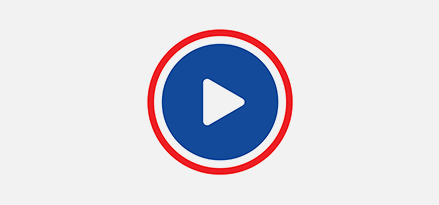
Lubricant base stock dewaxing (MSDW™ technology)
MSDW services include:
- Initial non-confidential consultations
- Development of licensing proposal
- Basic engineering package, including basic design specification and operating guide
- Engineering support during FEED and EPC stages
- Technology transfer, training, catalyst loading and startup support
- Performance estimates for catalyst refills
Catalytic dewaxing technology
Proprietary shape-selective catalysts containing zeolites and small amounts of noble metals are specifically designed to isomerize n-paraffins and saturate aromatics with maximum selectivity to lubes and minimal cracking to fuels. The catalysts display superior activity and unsurpassed tolerance to nitrogen, sulfur and aromatic contaminants in the feed. Compatible with a full range of feed from light neutral to Bright stock, MSDW catalyst can process a wide range of feedstocks, from hydrotreated or hydrocracked VGOs and DAOs to hydrotreated raffinates and slack waxes.
Market leader
MSDW is currently used in 21 units, with more than 30 licenses. More than 55 percent of Group II and Group III is currently produced over MSDW. None of the more than 20 commercial units operating with MSDW catalyst has changed the catalyst fill due to aging, poor performance due to feed contamination, refinery upsets or reaching end of cycle. Two of the units have operated for more than 12 years, with one still using the original catalyst fill.

Increase profitability
MSDW catalyst has demonstrated some of the highest base oil yields, maximizing profitability. Extremely high catalyst activity can lower capital costs and improves run length. To put the yield advantage in context: for an average MSDW unit, a difference of 1 percent in base stock product yield is currently worth between $2 million and $4 million per year over producing diesel fuel, or about $7 million to $8 million in annual revenue.Operational flexibility
Continued advancement
Through on-going R&D, we continue to boost yield, improve tolerance to heteroatom contaminants and broaden the range of acceptable feedstock. The MSDW system is in its third generation, offering better activity, selectivity and polar tolerance.Featured resources
View highlighted news, events, technical papers and case studies below. To see our full collection of resources, browse our library.












